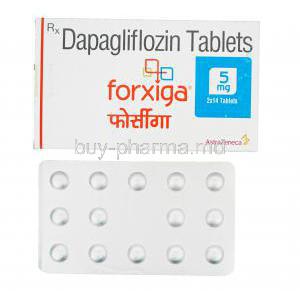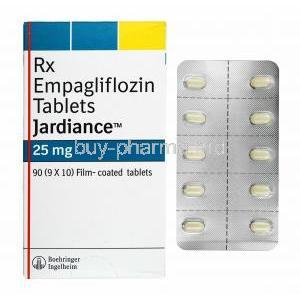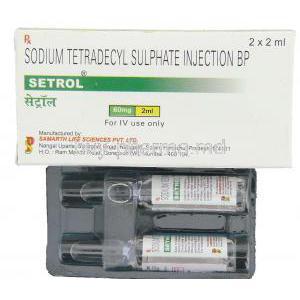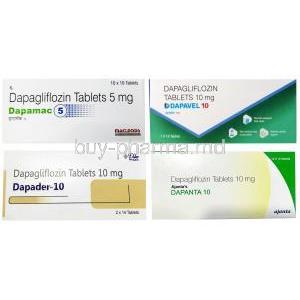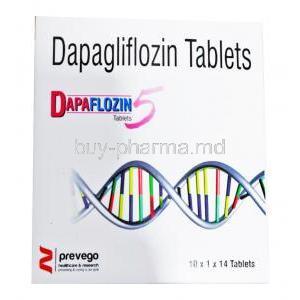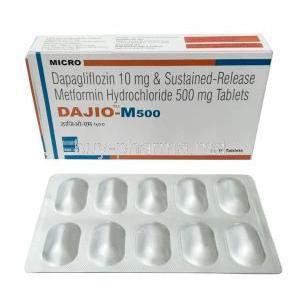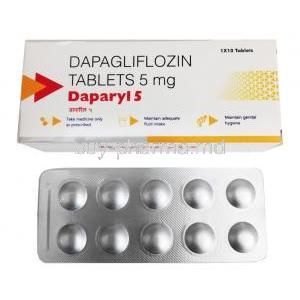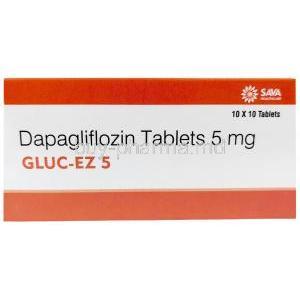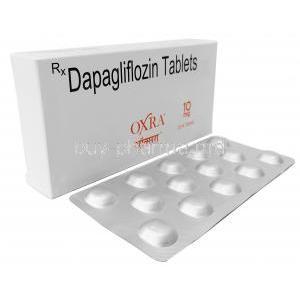Erythrityl Tetranitrate
- 1. Introduction to Erythrityl Tetranitrate
- 2. Composition and Properties of Erythrityl Tetranitrate
- 3. Mechanism of Action: How Erythrityl Tetranitrate Works
- 4. Uses of Erythrityl Tetranitrate
- 5. Off-Label Uses of Erythrityl Tetranitrate
- 6. Dosage and Administration Guidelines
- 7. Side Effects of Erythrityl Tetranitrate
- 8. Important Precautions and Warnings
- 9. Special Considerations in Administration
- 10. Overdose and Emergency Management
- 11. Storage and Handling Precautions
- 12. Interaction with Other Drugs
1. Introduction to Erythrityl Tetranitrate
Erythrityl Tetranitrate is a vasodilator primarily used to manage and prevent episodes of angina pectoris. Known for its action, this medicine works by widening blood vessels to reduce strain on the heart.
Historical Context and Progress: Originally created in the 19th century, Erythrityl Tetranitrate has transitioned from an experimental substance to a key player in treating heart conditions caused by reduced blood flow.
Significance in Cardiovascular Treatment: Beyond alleviating symptoms, Erythrityl Tetranitrate plays a vital role in the preventive care of chronic cardiovascular ailments, enhancing patients' quality of life and extending their survival rates.
2. Composition and Properties of Erythrityl Tetranitrate
Chemical makeup and composition: This substance is designed as a tetranitrate form of erythritol, known for its effectiveness in releasing nitric oxide, a vasodilator.
Physical and chemical characteristics: Erythrityl Tetranitrate presents itself in the form of a crystalline powder; it dissolves in alcohol and has some solubility in water, making it suitable for different administration methods.
Categorization: Belonging to the nitrate drug class, it functions mainly as a dilator for veins and arteries commonly used in preventive treatment for angina.
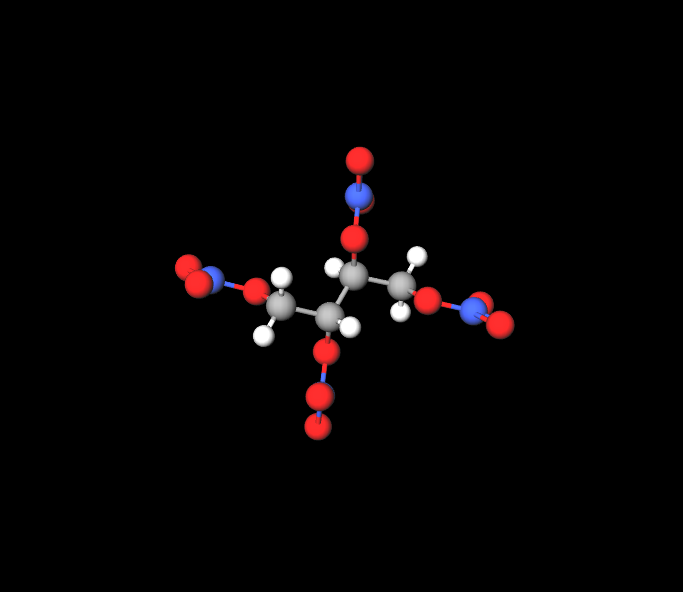
3. Mechanism of Action: How Erythrityl Tetranitrate Works
Understanding how medications work: The drug breaks down in the body to release nitric oxide, which then triggers the enzyme guanylate cyclase in muscle cells, resulting in vasodilation.
Influence on nitric oxide levels and smooth muscle in blood vessels: The rise in nitric oxide directly relaxes the muscles in blood vessels, lowering vascular resistance and arterial pressure.
Impact on blood flow and heart oxygen usage: By widening coronary arteries, Erythrityl Tetranitrate improves the delivery of oxygen to the heart muscle and, at the same time, reduces the heart's need for oxygen, providing a crucial dual benefit for treating conditions related to inadequate blood flow, to the heart.
4. Uses of Erythrityl Tetranitrate
-
Prevention of Angina:
- Erythrityl Tetranitrate is indicated for the prevention of angina pectoris12.
- Its role in treating angina involves:
- Reducing the likelihood of angina attacks by lowering the heart’s need for oxygen.
- Improving oxygen supply by widening blood vessels1.
-
Heart Failure Linked to a Heart Attack:
5. Off-Label Uses of Erythrityl Tetranitrate
- Beyond its traditional applications, Erythrityl Tetranitrate is being investigated for its effectiveness in treating other vascular-related conditions:
- Peripheral Artery Disease: When standard treatments fall short, Erythrityl Tetranitrate is being explored as a potential option.
- Heart Failure: Similarly, it is being evaluated for its role in managing heart failure when conventional therapies are inadequate.
- Raynaud’s Phenomenon: Some studies suggest that Erythrityl Tetranitrate may ease spasms and alleviate symptoms associated with Raynaud’s phenomenon by widening blood vessels35.
6. Dosage and Administration Guidelines
The amount to take for various conditions; The dosage changes based on the illness being treated typically ranging from 5 mg to 15 mg taken four times a day.
How it's in what form: Mostly found as tablets, it is either placed under the tongue or swallowed for quick and effective absorption.
Changing doses for groups: It's important to adjust doses for older patients or those with kidney or liver issues to avoid too much buildup of the medicine and possible harm.

7. Side Effects of Erythrityl Tetranitrate
Patients might face side effects, like headaches, dizziness, or orthostatic hypotension, which are typically temporary and can be controlled.
When it comes to adverse reactions rare instances may involve syncope or allergic responses that require prompt medical intervention.
Ways to handle side effects involve modifying the dosage, managing symptoms conservatively, and providing guidance to patients on minimizing or dealing with these effects.
8. Important Precautions and Warnings
Contraindications for Use
Erythrityl Tetranitrate should not be used by individuals who're sensitive to nitrates or have severe low blood pressure. It is also advised that patients with conditions such as anemia, closed-angle glaucoma, or head injuries refrain from using it as it may worsen these conditions.
Specific Warnings Regarding Cardiovascular Risks
While this medicine is commonly prescribed for heart issues, it can lead to blood pressure and rapid heartbeat as a reflex action and, in rare cases heart-related events. Individuals with heart muscle diseases or ongoing heart attacks should receive monitoring.
Interactions with Other Medications
- When taken together with medications like sildenafil, there is a risk of experiencing a drop in blood pressure.
- Mixing with drugs may increase their ability to lower blood pressure.
- Combining with nitrate medications can enhance the widening of blood vessels, which may raise the chances of experiencing side effects.
9. Special Considerations in Administration
Administration to Elderly Patients: Adjustments and Cautions
Older patients might show sensitivity to nitrates, so it's important to begin with lower doses and keep a close eye out for signs of low blood pressure and dizziness.
Use in Pregnant Women and Nursing Mothers: Safety and Recommendations
During pregnancy and breastfeeding, although information is scarce about its effects, Erythrityl Tetranitrate should be administered when the advantages outweigh the risks to the unborn baby or nursing infant. If needed, it should be taken under medical guidance.
Guidelines for Pediatric Administration: Safety and Dosage Adjustments
The safety and effectiveness of the treatment for children have not been proven. If it is considered essential, the treatment should begin under the supervision of a specialist, with monitoring.
10. Overdose and Emergency Management
Symptoms of Overdose
Symptoms could consist of low blood pressure, feeling weak, dizziness, heart palpitations, and, in severe situations, a sudden collapse of the circulatory system.
Immediate Steps and Antidotes
In the beginning it's important to provide care by giving fluids through an IV and raising the legs. If the overdose happened not ago, you might think about using activated charcoal.
Long-term Management After an Overdose
Patients who exhibit cardiovascular symptoms may require ongoing monitoring with the possibility of intensive care observation in cases of severe symptoms.
11. Storage and Handling Precautions
Proper Storage Conditions for Stability and Safety
Store Erythrityl Tetranitrate in a dry place at room temperature, away from light and moisture, to keep its effectiveness and shelf life intact.

Handling Precautions to Avoid Degradation
Remember to handle the product to avoid heat or direct sunlight exposure. Always seal the container when you're not using it to keep it clean and maintain the effectiveness of the medication.
Disposal and Environmental Concerns
It's important to get rid of Erythrityl Tetranitrate to avoid harming the environment. Make sure to follow your area rules on how to dispose of medicines, which usually means taking any leftover or expired medication back to a pharmacy or a special disposal location.
12. Interaction with Other Drugs
Common Interactions and Their Clinical Significance
Interactions with medications that dilate blood vessels may enhance the impact of Erythrityl Tetranitrate, potentially raising the chances of low blood pressure and fainting. It is important to be cautious when using it alongside blood thinners as the increased widening of blood vessels could elevate the risk of bleeding.
Avoiding Negative Interactions
Healthcare providers should be informed about all medications they are using, including over-the-counter drugs and herbal supplements, to prevent any interactions. It may be necessary to monitor and adjust dosages when taking Erythrityl Tetranitrate alongside other medications.
Interaction Mechanisms and Preventive Measures
Drug interactions typically occur when nitrates cause vasodilation to accumulate. To prevent this, it's important to educate patients about the symptoms of blood pressure and schedule regular checkups for dosage adjustments, as necessary.


